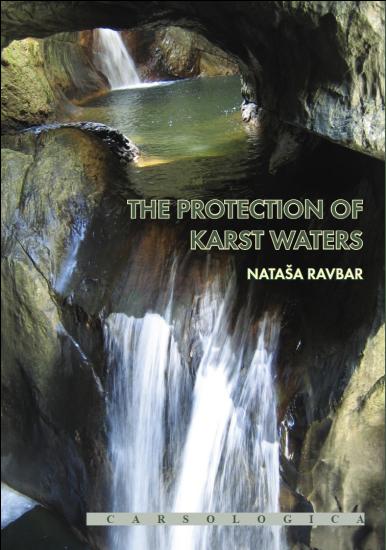
The Protection of Karst Waters. A comprehensive Slovene approach to vulnerability and contamination risk mapping.
Avtorica:
Nataša Ravbar
Leto:
2007
Pitna voda je dragocena dobrina, toda niti po količini in ne po kakovosti ni vsem dostopna. Kraški vodonosniki hranijo velike količine vode, vendar so tudi izredno občutljivi na onesnaženje. Njihova pasivna in aktivna zaščita postaja vse bolj pomembna. Zato so izobraževanje različnih ciljnih skupin ter nove tehnične rešitve nujne.
Monografija Nataše Ravbar je izjemno pomembna z obeh vidikov. Rezultati anketiranja prikazujejo odnos lokalnega prebivalstva na slovenskem krasu do pitne vode. Poleg tega se v svetu za zaščito kraških voda vse bolj uporablja koncept kartiranja ranljivosti podzemne vode. Na podlagi splošnega pregleda obstoječih metod, uporabljenih in ponekod celo zakonsko določenih, avtorica za potrebe varovanja kraških voda predlaga novo celostno metodologijo za kartiranje ranljivosti in tveganja podzemne vode na onesnaženje – t. i. slovenski pristop.
Predlagana metodologija je bila uspešno aplicirana, rezultati pa preverjeni v zaledju vodnega vira Podstenjšek v jugozahodni Sloveniji. Uporabljeno je bilo obsežno število hidrogeoloških in geomorfoloških metod ter tehnik, med drugim monitoring izvirov, hidrokemične analize, geofizične meritve, sledilni poizkusi in podobno. V knjigo so podana nova spoznanja hidrogeoloških značilnosti obravnavanega območja.
Monografija je namenjena načrtovalcem in odločevalcem, ki se ukvarjajo z zaščito in upravljanjem kraških vodnih virov ter znanstvenikom, ki se ukvarjajo z raziskavami kraške hidrogeologije in kartiranjem ranljivosti. Je koristen vir informacij in idej za nadaljnje raziskave na področju zaščite kraške podzemne vode v Sloveniji in drugod.
-
Avtorica
-
Založnik:
Založba ZRC
-
Izdajatelj
-
ISBN
978-961-254-010-4
-
Leto
2007
-
Zbirka
Jezik(i)
-
Specifikacija
mehka vezava 17 × 24 cm 256 strani 138 slik in tabel
-
E-objave
21. 01. 2022
-
Stalna povezava